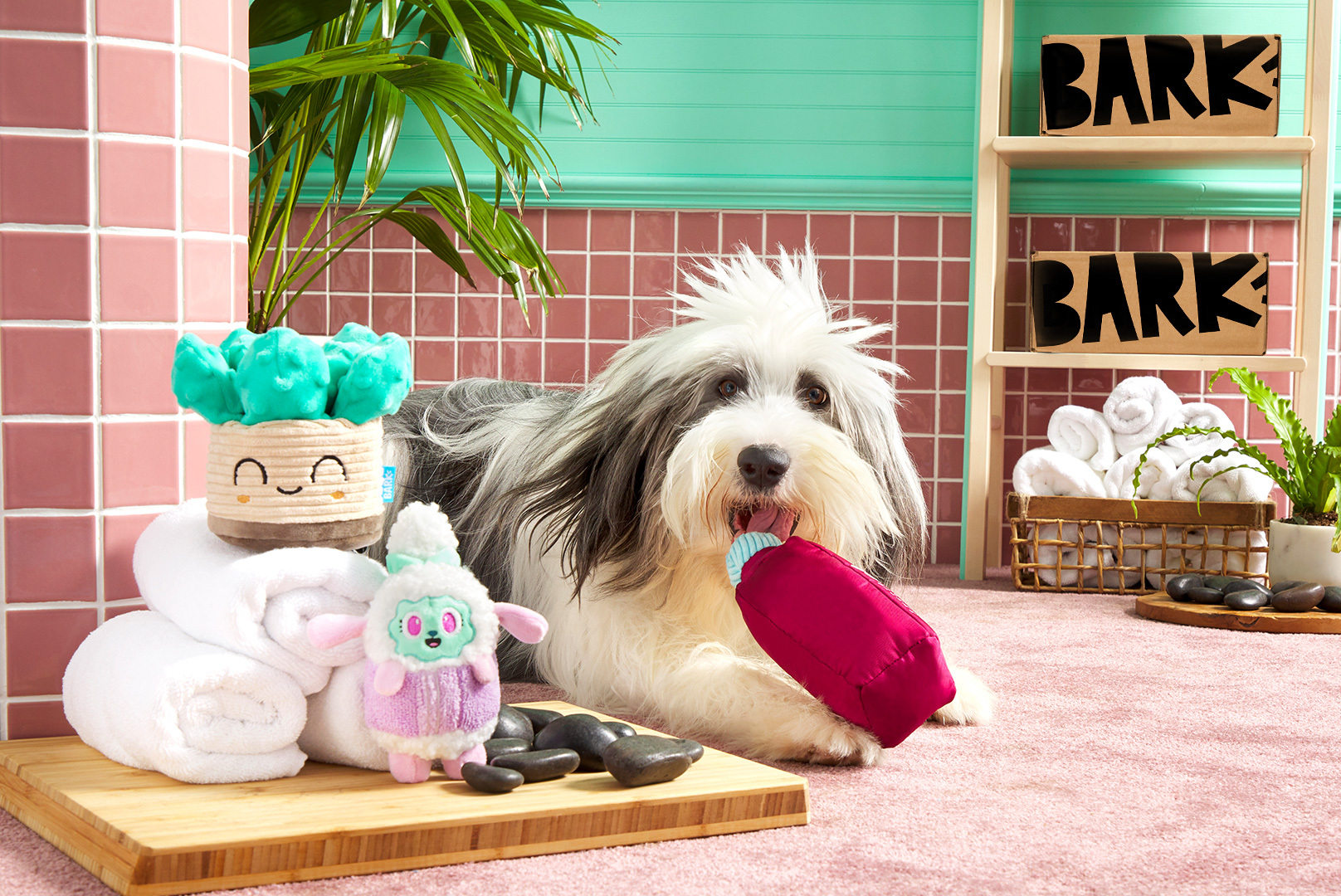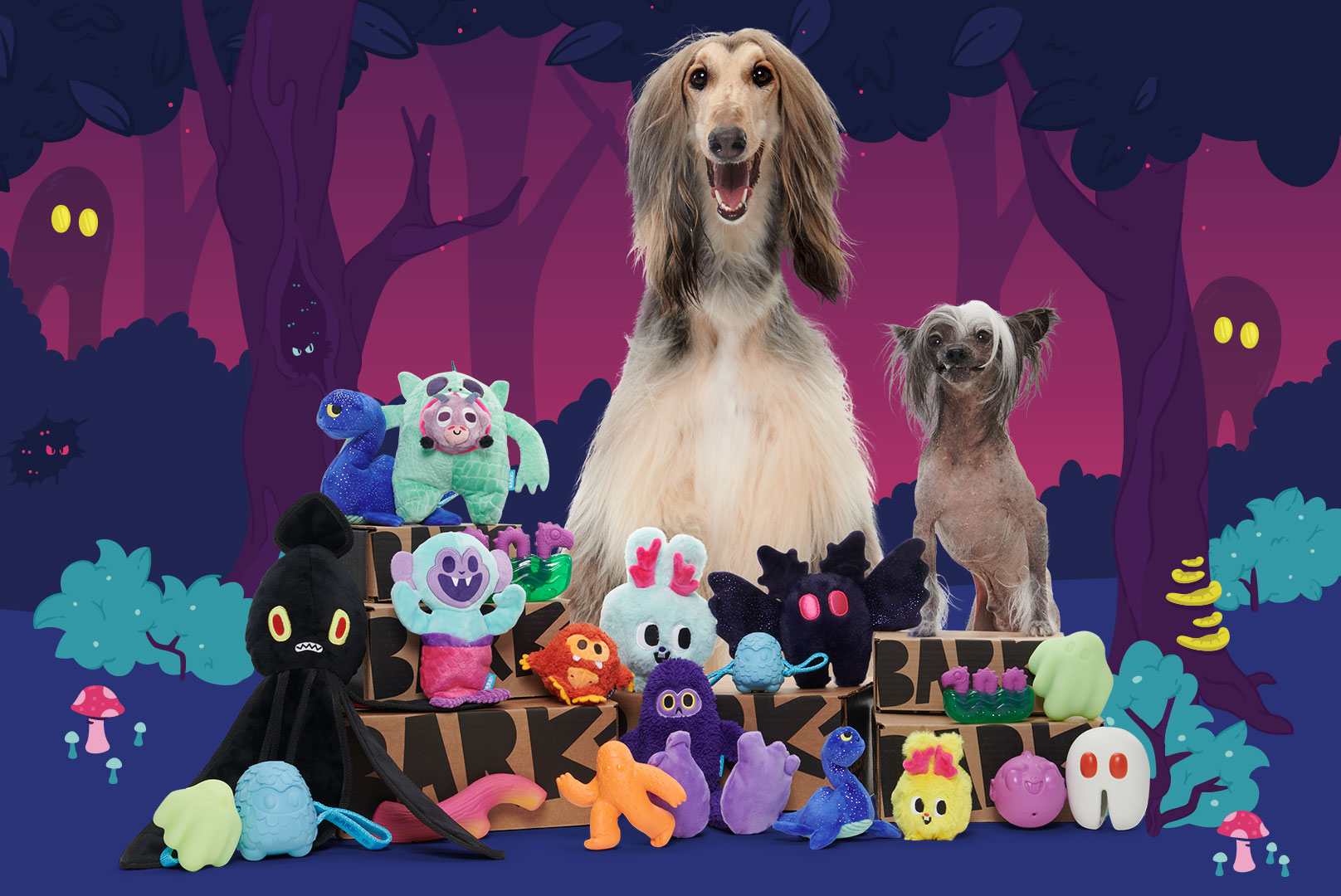You might think this furry friend came straight from the Land Down Under, but the Australian shepherd actually hails from Europe and is now considered a quintessential American breed. They’re known for their white markings and blue eyes, sometimes even having two different colored eyes-a phenomenon known as heterochromia.
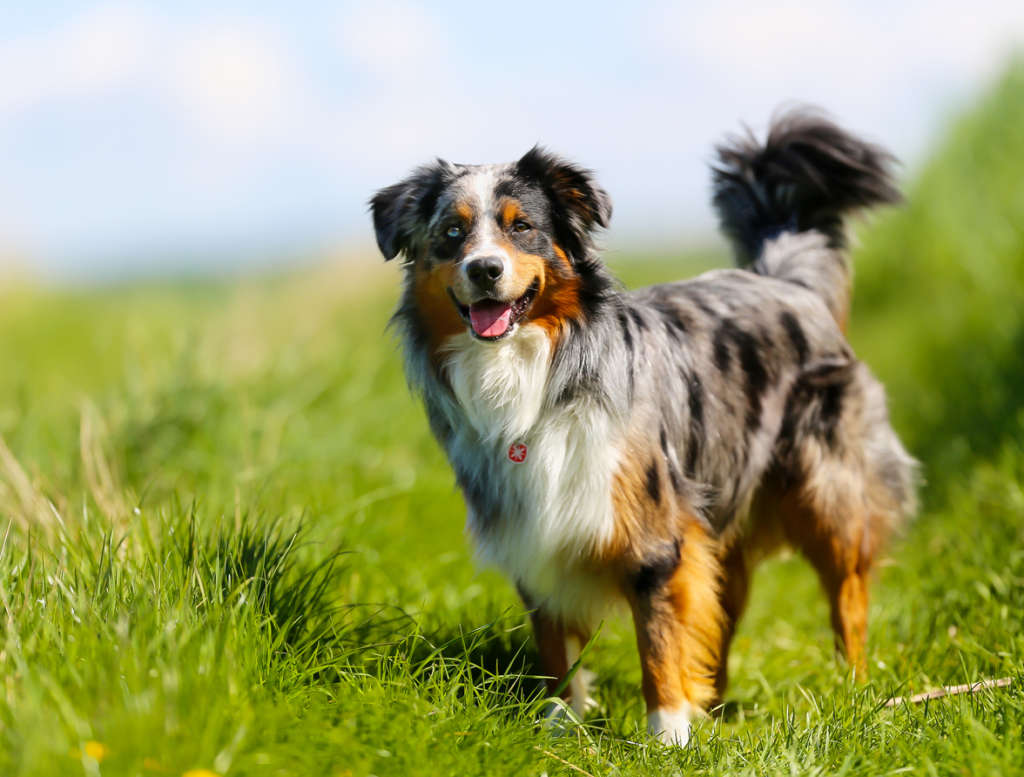

These dogs earned their name and reputation herding livestock across the western expanse of the U.S., but they’re more than just hearty herding dogs. Australian shepherds have had many jobs, from helping the vision- or hearing-impaired, to assisting rescue missions. But don’t be fooled: these stunning super dogs are also more than happy to enjoy a quiet life of walks in the park, fetch, and frisbee—just as long as they’re with their favorite human.
Breed Overview
Australian Shepherds Are Also Known As…
Aussie, Spanish shepherds, pastor dogs, bob-tails, California shepherds, and even “velcro dogs” because they stick to their owners and don’t let go.
What Is The History Of The Australian Shepherd?
To sort out the origin of this dog breed, you’ll have to go back to the Pyrenees Mountains, located between Spain and France. Long before their ancestors ever set paws in Australia, this breed emerged from rural Europe. Looking for the perfect herding dog, the indigenous people of the Basque region developed one ancestor of the modern Aussie; a dog breed referred to as the Pyrenean shepherd.
Following the colonization of Australia, many shepherds from the Basque region emigrated to the country to herd sheep. Across the plains of 19th century Australia, the formerly Spanish shepherd roamed and worked, and the Aussie continued to develop. Now crossed with British-imported collies and border collies, the breed evolved into a version much closer to the Australian shepherd we know today.
But that’s not quite the end of the story. Following their success on the island of Australia, the Basque shepherds were eager to explore the western territories of the United States. They made their way across the Pacific with their loyal canine companions. After reaching the California shores, Basque dogs were introduced to American ranchers who knew the dogs as Australian—despite having originally descended from Europe.
The ranchers admired these dogs for their hard-working nature, and they were soon a mainstay on cattle ranches throughout the state. Quickly, the Australian shepherd became an icon of the American prairie, associated with cowboys, rodeos, and the wide-open West. Since earning recognition from the American Kennel Club in 1993, the Australian shepherd has gone from a heroic herder to a family favorite. Today you could find this breed in any home across the county.
How Big Do Australian Shepherds Get?
Unless you own a mini Australian shepherd, an adult dog will be a standard, medium-sized dog. They tend to be longer than taller, notably having a short tail. However, size is not affected by coat color. So, if you have a red merle or blue merle Australian shepherd, then you can expect an average Aussie shepherd to be:
Height: 18-23 inches
Weight: 40-65 pounds
How Long Do Australian Shepherds (Generally) Live?
Like most mid-sized dogs, Australian shepherds typically live to celebrate double-digit birthdays, making it to 12–15 years of age on average.
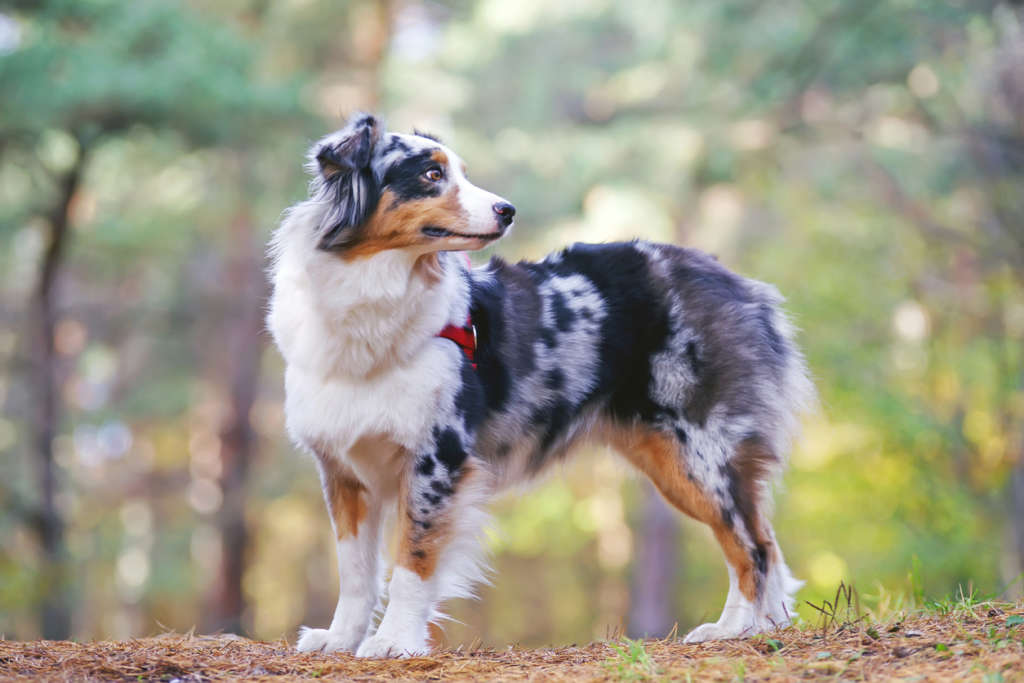

What is an Australian Shepherd’s Temperament & Personality Like?
Mental stimulation is a must for Australian Shepherd dogs. These shaggy pups have a sweet disposition matched with high intelligence. Because they were bred to help with herding, they’re smart enough to out-think plenty of other mammals—even humans on a slow day.
However, they’re not particularly interested in tricking or manipulating their owners. Instead, they prefer to seek out ways to impress their favorite humans with feats of loyalty and affection.
Aussies are playful and adaptive, making them great for various homes and environments. So long as they receive proper care and training, your Australian shepherd will live a happy life full of fun and companionship alongside you.
Are Australian Shepherds Good With Kids? Cats? Dogs?
Say “G’day, mate,” to a positively kid-friendly pooch. An Aussie puppy loves to play and bursts with energy, making them the perfect match for children. With a strong sense of loyalty and compassion, your young Australian shepherd will likely feel like a family protector. While Aussies aren’t typically aggressive with children, their herding instincts may cause them to try and round up your little ones by nipping at their heels. This behavior is usually harmless and downright adorable to watch despite how it sounds.
Additionally, your Aussie shouldn’t have a problem sharing a home with other pets. As farm dogs, they’re instinctively good-natured toward various animals, often tasked with keeping them out of harm’s way.
Are Australian Shepherds High Energy?
This breed has a long history of working from sunrise to sunset, which means that even those bred for companionship have plenty of energy. On average, you should give your Australian shepherd around two hours of exercise per day. That can range from an intensive game of fetch to a full-on trek up a mountain. If you’re game, chances are your Aussie will be too.
Are Australian Shepherds Hard To Train?
While some dogs might act like they’re training you, Australian shepherds are more than eager to sit, shake, roll over, and do just about anything else you’re looking to train them to do.
That said, you’ll need to start early. Too many Aussies aren’t given the opportunity to develop good doggy skills at an early age, making them wily and hard to manage as they grow older. Even with proper training, Aussies require daily mental stimulation and attention. Otherwise, they could grow destructive, anxious, and unhappy. Fortunately, with plenty of engagement and encouragement, you can expect your Australian shepherd to pick up puppy manners in no time.
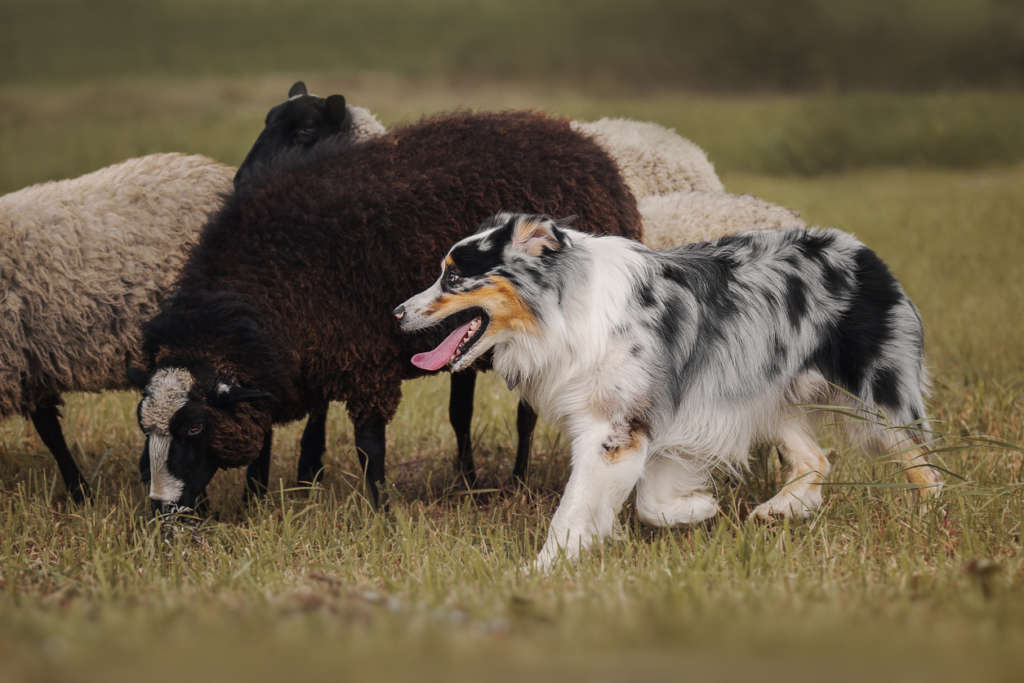

Do Australian Shepherds Have Health Issues?
While generally healthy pups, Australian shepherds may be at risk of developing conditions including:
- Autoimmune Thyroiditis – This autoimmune disease can cause weight gain and skin problems for dogs of any age. Luckily, with relatively inexpensive medications, you can provide relief to the common symptoms and protect your dog from flare-ups. Aside from Australian shepherd dogs, this disease is also common among Dobermans.
- Medication sensitivity – The genetic condition known as Multi-Drug Resistance 1 (MDR1) has been known to affect Australian shepherds more than some other breeds. This condition results in a sensitivity to various medications, resulting in dangerous and potentially fatal biological reactions. Today, with DNA testing, you can discover if your Aussie is affected by this condition and take steps to prevent potential health risks.
Epilepsy, joint issues, and hereditary cataracts are also fairly common in Aussies. However,these conditions can be found in nearly all breeds (as small as Pomeranians or as big as Bernese mountain dogs). The breed is also susceptible to hip dysplasia and hair loss. So long as you prescreen your pup, watch for these conditions, and visit a vet regularly, you can expect a long, healthy life with your Aussie.
Do Australian Shepherds Need To Be Groomed?
Your Australian Shepherd dog might not expect a full-on spa day, but as with most breeds, regular grooming is a must to keep your dog feeling its best. That includes nail trimming, coat brushing, and minor trimming on a recurring schedule.
For those turning to a professional groomer, make sure that any trimming follows the natural line of your Australian shepherd’s coat.
Do Australian Shepherds Shed?
Oh boy, they sure do. You’re looking at a breed known to lose a massive pile of fur all year round. No matter how much brushing, thinning, or blow-drying you do, your Aussie is still likely to shed. This breed could pose a problem for those with sensitive allergies, no matter how thoroughly you dust and vacuum.
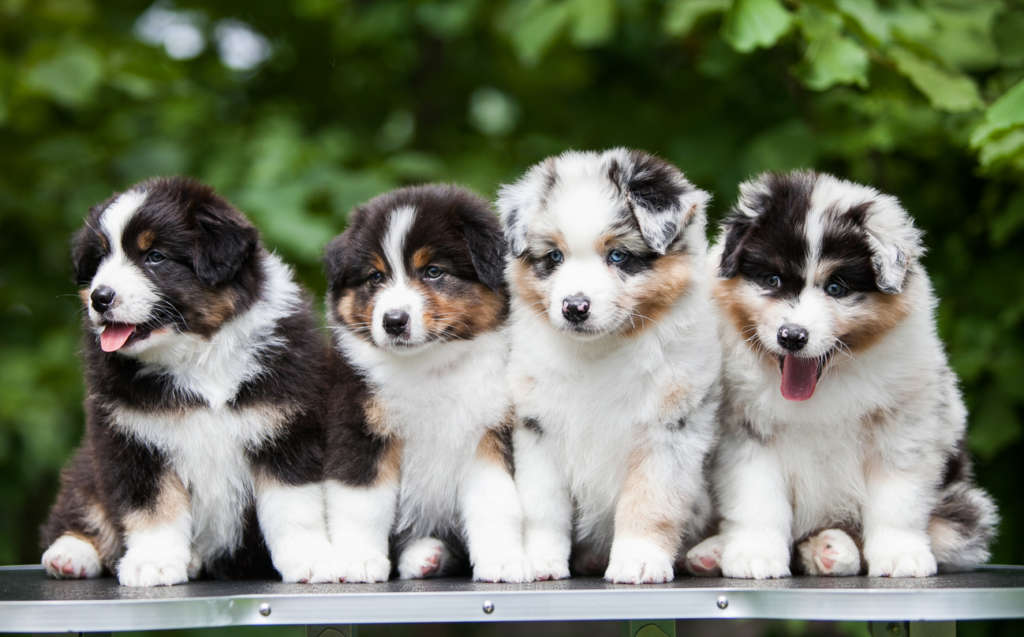

How Much Does It Cost To Care For An Australian Shepherd?
The first twelve months with your Australian shepherd are likely to be a bit more costly than the following years, but generally, costs should range between $100 and $200 per month. Adoption costs range from $200 to $1400, followed by monthly expenses to keep your Aussie well-fed, groomed, and cared for. Fortunately, it’s more than worth it.
How Much Dog Food Does An Aussie Need?
Aussies are mid-size pups with a lot of energy. That means it takes at least 1.5 to 2.5 cups of food per day to fuel your Australian shepherd. Depending on what food you’re purchasing, this could add up to $40 to $80 per month.
BARK makes food specifically for Aussies and Aussie mixes! Get 25% off with code 25FOOD and free shipping!
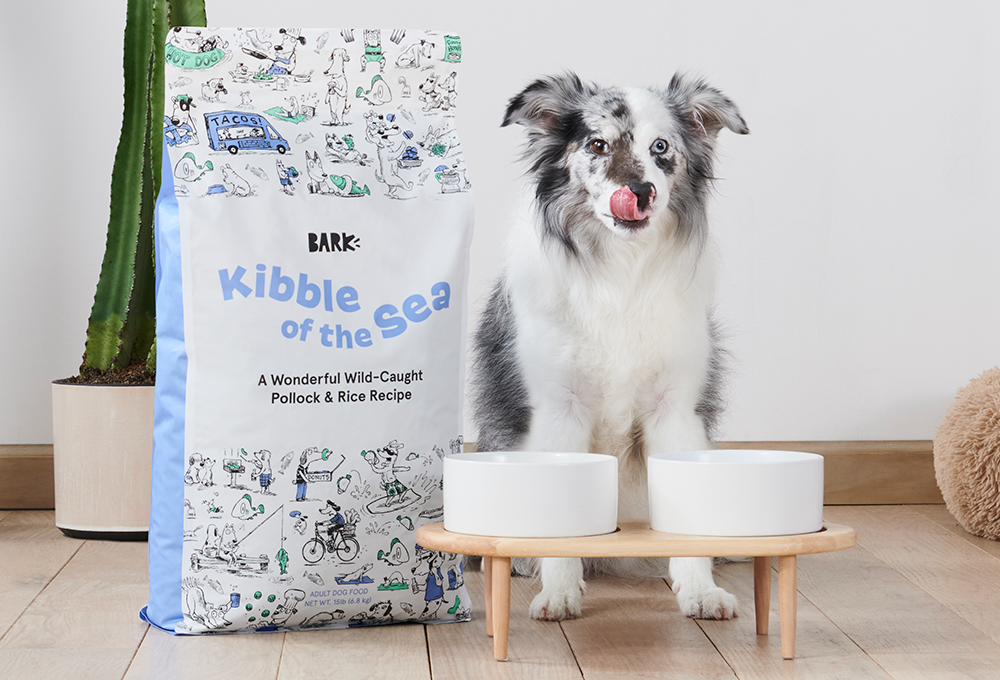

Routine Vet Care (Healthy Dog)
Standard vet visits aren’t too costly, so long as additional testing or screening isn’t required. Expect to spend $50–$70 for a routine visit with vaccinations and testing, adding another ~$150 or so depending on what’s required.
Preventative Medications For Australian Shepherds
Even if your Australian shepherd is a born-and-bred city dweller and nowhere near the dangers of farm life, they still need preventative medications to guarantee their health and safety. Flea, tick, and heartworm medications cost around $100–$200 per year, and additional medications for autoimmune diseases or genetic issues may cost you $20 to $40 per month.
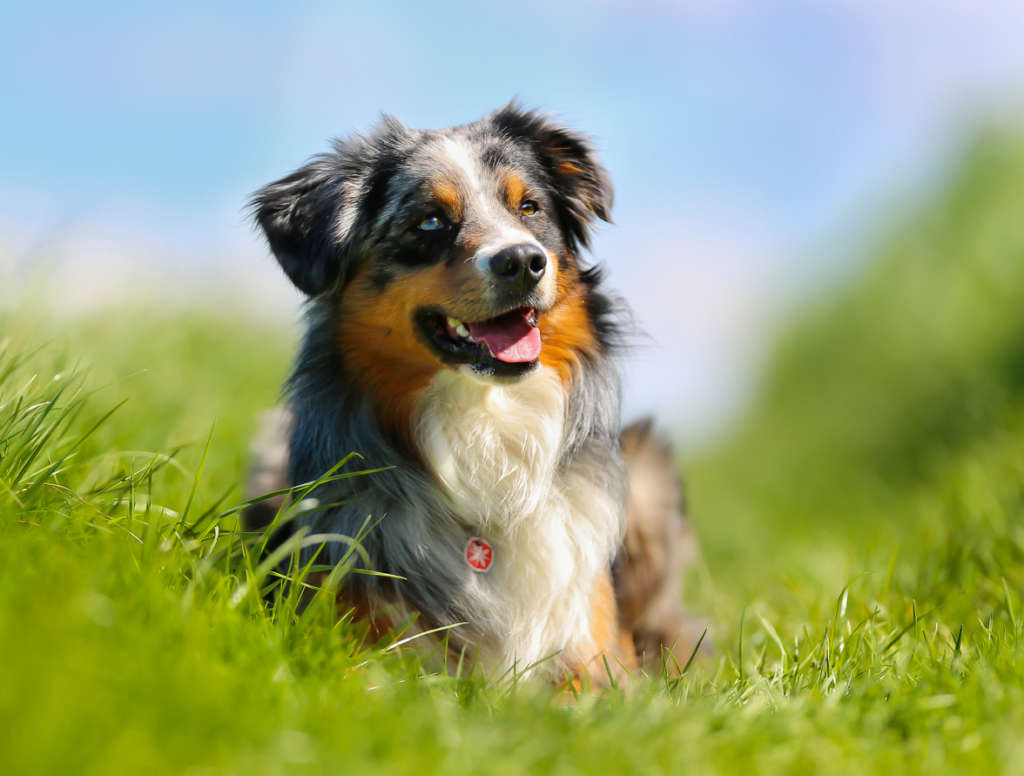

Australian Shepherd Grooming
If you’re taking care of business at home, grooming supplies are fairly inexpensive and shouldn’t make a big dent in your overall Australian Shepherd puppy budget.
On the other hand, expect to pay a pretty penny more for a full-service grooming appointment with your Aussie, which includes:
- Bathing
- Comb out
- Hair thinning
- Power-drying
- Nail trimming
- Ear cleaning
You could spend upwards of $200 for a full day of grooming, but this should be a seasonal expense instead of a monthly cost.
Toys, Treats, Beds, & Accessories
Toy shopping—it’s pawsitively the most fun you can have while spending money on your pup. Australian shepherds are certainly a fan of active doggy toys (like frisbees, ropes, and fetch toys), but you might want to consider purchasing some food puzzles and other activities that will keep your dog entertained and offer mental stimulation, too. All in all, you can expect to spend $40 to $100.
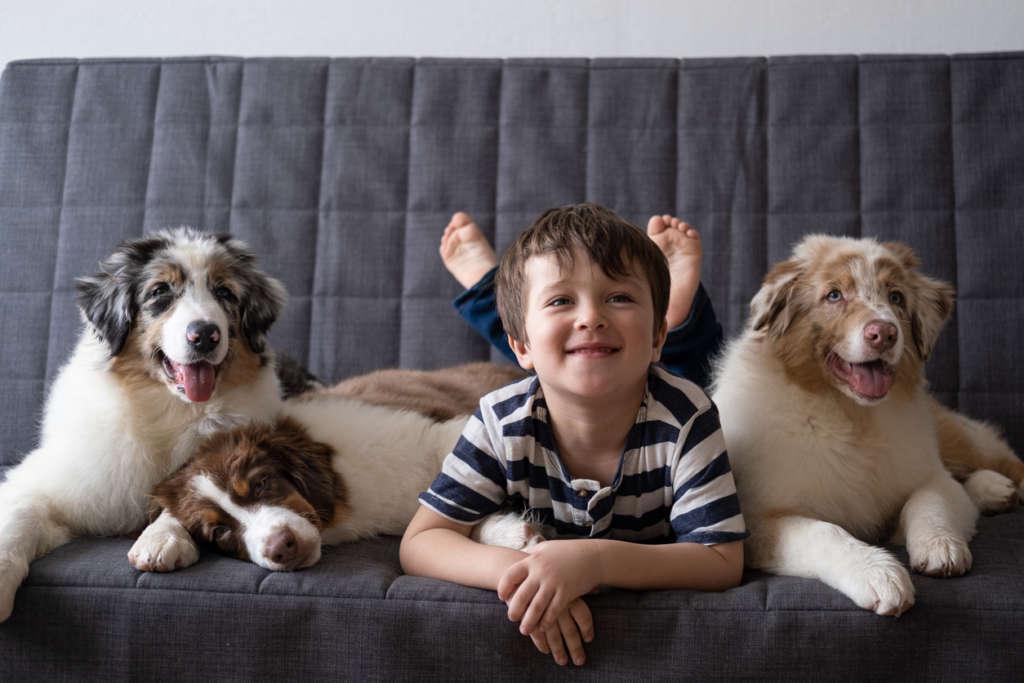

Accessory-wise, consider splurging on high-quality canine essentials, including:
- Dog bed (~$60–100)
- Sturdy dog crate ($150)
- Harness and collar ($50)
You can keep the puppy party going with BarkBox. This simple subscription service includes 2 bags of treats, 2 toys, and a super chew in the mail, all for $23 a month. For Aussies looking to chomp down a little harder, there’s the Super Chewer Box, providing more rugged toys, along with delicious meaty chews and full-sized treat bags for $29 a month. Better yet: DOUBLE YOUR FIRST BOX FOR FREE!
Sources:
Australian Shepherd Club of America. Personality And Character. https://asca.org/aussies/about-aussies/personality-and-character/
Australian Shepherd Club of America. Diseases and Defects. https://asca.org/aussies/about-aussies/health-and-genetics/diseases-and-defects/
AKC. Australian Shepherd. https://www.akc.org/dog-breeds/australian-shepherd/
AKC. 9 Things You Might Not Know About the Australian Shepherd. https://www.akc.org/expert-advice/dog-breeds/australian-shepherd-facts/


